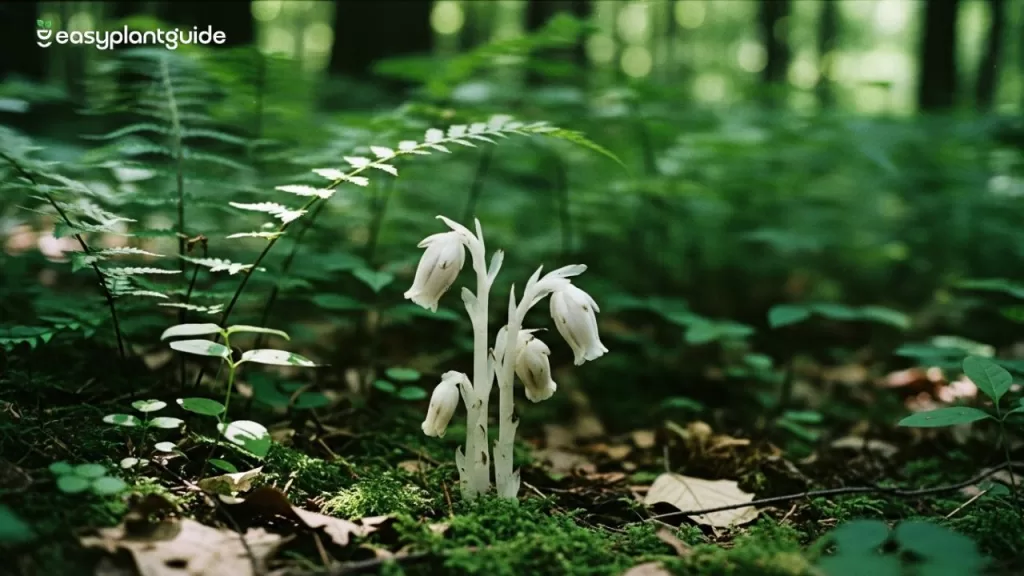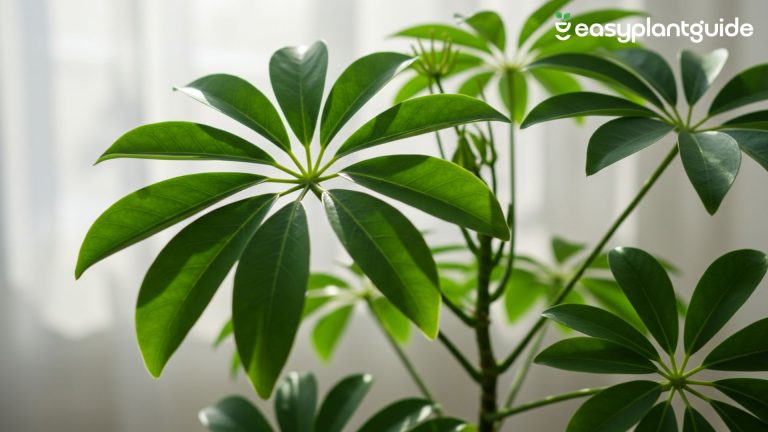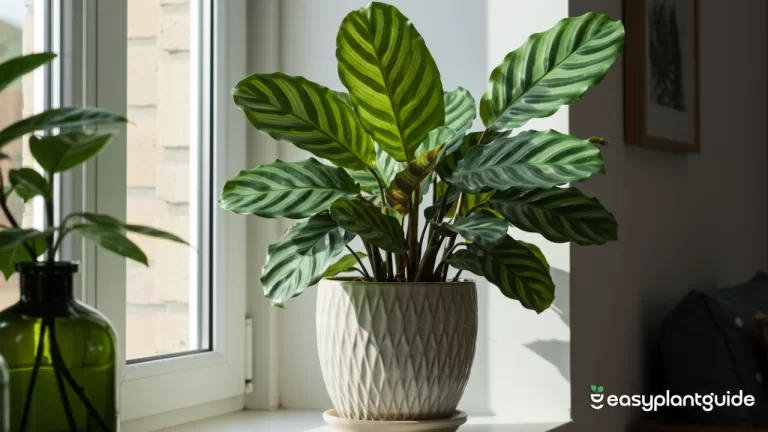Monotropa Uniflora: 7 Mysterious Secrets You’ll Love
Have you ever stumbled upon a ghostly white flower emerging from the dark forest floor and wondered if it was real or something supernatural? That mysterious bloom is Monotropa uniflora, also known as the Ghost Plant or Indian Pipe. This eerie, waxy-white plant looks like it belongs in a fantasy movie rather than a woodland trail. Yet, it’s a real species with a fascinating lifestyle that defies everything we know about normal plants. Let’s uncover its secrets together.

What Is Monotropa Uniflora?
Monotropa uniflora is an extraordinary non-photosynthetic plant in the Ericaceae family, a group that also includes blueberries and heathers. Unlike most plants, it cannot produce its own food using sunlight. Instead, it relies on a hidden underground relationship with fungi to draw nutrients. This delicate ghostly flower grows mainly in moist, shaded forests, appearing suddenly after rain. Despite its fragile look, it’s a remarkably well-adapted plant that has thrived for centuries in forest ecosystems.
Scientific Classification
| Category | Details |
| Kingdom | Plantae |
| Family | Ericaceae |
| Genus | Monotropa |
| Species | Monotropa uniflora |
| Common Names | Ghost Plant, Indian Pipe, Corpse Plant |
The Ghostly Appearance
One glance at Monotropa uniflora and you’ll understand why it’s nicknamed the Ghost Plant. It lacks any trace of green, displaying a pure white, waxy stem that bends at the top like a pipe. The plant usually grows in small clusters, each stalk bearing a single nodding flower. As it matures, the flower turns upright, ready to release its tiny seeds into the forest. The plant’s translucent look and quiet emergence give it an otherworldly presence in shaded woods.
Where Does Monotropa Uniflora Grow?
This hauntingly beautiful plant thrives in cool, damp, shaded woodlands across North America, parts of Asia, and northern South America. You’ll often find it beneath thick canopies of oak, pine, or beech trees, where little to no sunlight penetrates. It prefers humus-rich soil loaded with decaying leaves and organic matter, conditions perfect for fungal growth. Monotropa uniflora usually appears after long periods of rainfall when humidity is high, making the forest floor ideal for its mysterious emergence.
Ideal Growing Conditions
- Moist, well-decayed soil
- Dense shade from tall trees
- Cool, temperate climates
- Leaf litter and organic debris
- Minimal human disturbance
The Mystery Behind Its Color
Unlike most plants, Monotropa uniflora lacks chlorophyll, the green pigment essential for photosynthesis. This absence explains its striking white color. Without chlorophyll, it cannot make food from sunlight, but that doesn’t stop it from thriving. The waxy white surface even reflects faint moonlight, giving it a soft, ghostly glow. Some variations of this plant appear with a slight pink tint or black flecks, adding to its eerie charm. Its color is nature’s signal—it’s no ordinary flower.
Unique Growth Habit
Monotropa uniflora grows in a way that challenges traditional botany. Instead of gathering sunlight through leaves, it taps into underground fungi networks to obtain nourishment. These fungi, in turn, are connected to the roots of nearby trees. Through this clever relationship, the plant indirectly receives nutrients from photosynthetic trees. This makes it one of the few plants on Earth that survives entirely in darkness. Its growth habit shows nature’s genius in creating alternate ways to sustain life.
Monotropa’s Relationship With Fungi
The Ghost Plant’s survival depends on a fascinating process called mycoheterotrophy, meaning it derives nutrients from fungi that are symbiotically connected to trees. Think of it as a three-way partnership: trees feed the fungi, fungi feed Monotropa, and Monotropa gives nothing back. It’s parasitic but doesn’t harm its hosts severely. Instead, it plays a subtle role in maintaining the balance of underground ecosystems, showing how interconnected life beneath the soil truly is. The Process Involves:
- Tree roots sharing sugars with fungi
- Fungi absorbing nutrients and minerals
- Monotropa connecting to fungal networks
- Nutrients transferring from fungi to plant
- The plant thriving without sunlight
How It Survives Without Photosynthesis
Most plants use chlorophyll and sunlight to make energy through photosynthesis. Monotropa uniflora, however, skips this entire process. It’s like the freeloading guest at nature’s dinner table—it lets others do the hard work while it simply absorbs the results. Because of its fungal partnerships, it can survive deep in the forest where sunlight never reaches. This unique lifestyle allows it to thrive in places where even moss struggles to grow, making it a master of adaptation.
Lifecycle of Monotropa Uniflora
The lifecycle of Monotropa uniflora is quiet but fascinating. The seeds, almost dust-like in size, germinate underground only if they encounter the right type of fungus. Once connected, the plant begins to absorb nutrients and slowly pushes its pale stalks through the soil. Each stem carries a single drooping flower that eventually turns upright as it matures. After pollination, tiny seeds scatter with the wind, continuing the plant’s mysterious legacy in hidden corners of the forest floor.

Ecological Role in Forest Ecosystems
Despite being parasitic, Monotropa uniflora plays a subtle yet vital ecological role. Its presence indicates a healthy fungal network, which means the surrounding trees and soil systems are thriving. The plant also provides pollen to certain insects and bees that are attracted to its strange flowers. Once it dies and decomposes, it returns nutrients to the soil. In this way, even a ghostly plant becomes part of the natural recycling process that sustains the forest’s life cycle.
Ecological Contributions
- Supports underground fungal health
- Serves as a pollinator source
- Aids in soil nutrient cycling
- Indicates ecosystem stability
- Adds biodiversity to shaded forests
Medicinal and Traditional Uses
Historically, Native American tribes used Monotropa uniflora in traditional medicine for its calming and pain-relieving effects. It was brewed into teas or crushed into pastes for treating ailments like toothaches, sore eyes, and muscle spasms. The plant was also used as a mild sedative to ease nervous tension and anxiety. Though modern research on its medicinal value is limited, its historical use showcases humanity’s long relationship with even the strangest creations of nature.
Traditional Uses
- Pain relief for toothaches and injuries
- Muscle and nerve relaxant
- Anti-inflammatory applications
- Sedative for stress and insomnia
- Eye irritation treatment
Fun Facts About Monotropa Uniflora
Nature never runs out of surprises, and the Ghost Plant is no exception. Its ghostly color has led to many myths and superstitions. Some believed it to be a spirit flower, appearing only where souls wandered. Others saw it as a sign of good luck during forest journeys. In reality, it’s just nature’s quiet masterpiece—rare, delicate, and resilient. Once touched, it quickly turns black, as if vanishing into the shadows it came from. Did You Know?
- It glows faintly under moonlight due to its waxy surface.
- It isn’t a fungus, though it depends on fungi.
- It often blooms after heavy rainfalls.
- It symbolizes mystery and rebirth in folklore.
- Its decay helps enrich the soil for other plants.
How to Identify It in the Wild
Identifying Monotropa uniflora is easy once you know what to look for. The plant stands between four to ten inches tall with a white or pinkish stalk and a single nodding flower at the top. It has no leaves, no green color, and no visible branches. You’ll find it growing in dark, moist soils covered with leaf litter. Because it’s so fragile, it should never be picked or uprooted—it won’t survive once removed from its natural setting.
Can You Grow Monotropa Uniflora at Home?
Many plant lovers wish to grow this ghostly beauty, but unfortunately, Monotropa uniflora cannot be cultivated easily. Its survival depends on a precise ecological triangle involving trees, fungi, and soil conditions that are almost impossible to replicate indoors. Even in ideal conditions, it resists transplantation and quickly dies when moved. For now, it remains a wild forest wonder, reminding us that some parts of nature are meant to be admired, not owned or tamed.
Reasons It Can’t Be Grown Easily:
- Requires specific fungal partners
- Sensitive to soil disruption
- Dependent on tree-fungal ecosystems
- Dies quickly outside natural habitat
- Cannot photosynthesize independently
Conservation and Protection
While not globally endangered, Monotropa uniflora faces growing threats from habitat destruction, deforestation, and human curiosity. Picking or trampling these delicate plants can easily destroy them. Conservation efforts focus on protecting their woodland environments and raising awareness about their ecological importance. When you encounter this plant, the best thing you can do is photograph it, appreciate its beauty, and leave it undisturbed—so it can continue haunting forests for generations to come.
Conclusion
Monotropa uniflora is more than just a mysterious white flower—it’s a symbol of life’s adaptability and interconnectedness. Even without sunlight, leaves, or chlorophyll, it thrives through complex underground relationships that reveal nature’s hidden intelligence. It may look ghostly, but it’s very much alive, playing a subtle yet vital role in forest ecosystems. So next time you wander through a damp woodland and see these pale blossoms, pause for a moment. You’ve just met one of nature’s most magical survivors
Explore more plant blogs and grow your green journey with us.






